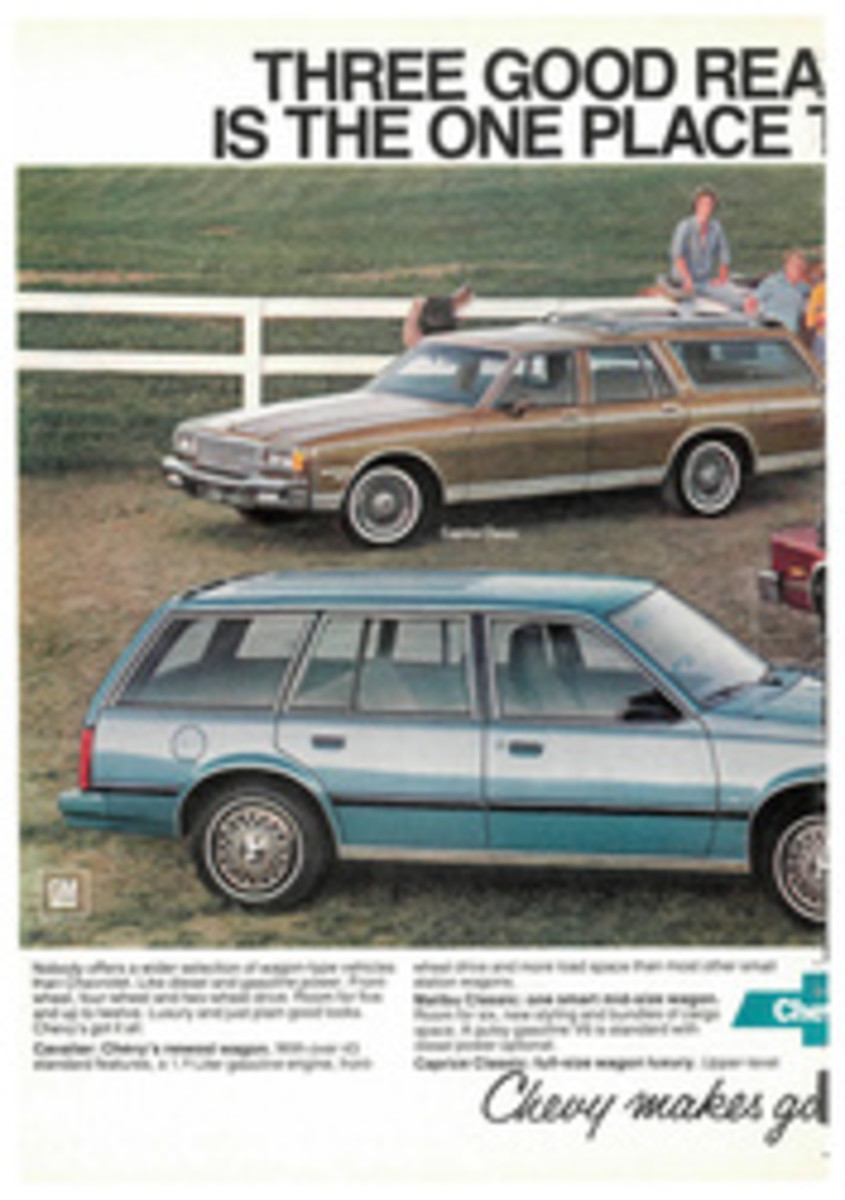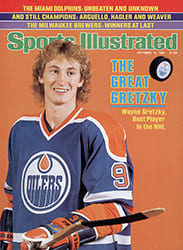
THIS SPORTS ART AND ARTIFACT SHOW IS BETTER IN PERSON THAN IN PRINT
"Champions of American Sport" is an exhibition, sponsored, oddly enough, by a cigarette manufacturer and a brewing company, that opened last summer in Washington and is now about to move to Chicago and then New York. There's also, for those who are unable to visit the exhibition, a coffee-table book of the same name, but be warned that this volume is a pale imitation of the real thing.
If the show is as handsomely and imaginatively mounted at its next two stops as it was in Washington's National Portrait Gallery, Chicago and New York are in for quite a treat. "Champions of American Sport" is a dazzling display of paintings, sculpture, photographs, bric-a-brac and souvenirs that admirably conveys the glamour and verve of the athletes it salutes.
There are 100 such stars, chosen by the staff of the Portrait Gallery after consultation with various experts. Obviously, when you honor a mere 100 athletes in 16 different sports, there are going to be some glaring omissions; among those heroes and heroines the organizers of the exhibition admit they left out are Stan Musial, Maureen Connolly, Sam Snead and Tom Harmon. I would add to that roster: Walter Johnson, Jerry West, Chris Evert Lloyd, Lance Alworth, Deacon Jones and Lee Trevino. But list-making is itself good sport; go to the exhibition and argue over the choices.
Few of the selections are really very arguable, and some are imaginative: the pioneer bicylist A.A. Zimmerman, the cross-country walker Edward Payson Weston, the renowned surfer Duke Kahanamoku. In the major sports, most of the choices are predictable; after all, you can't argue with Babe Ruth and Johnny Unitas, Jack Johnson and Ben Hogan, Babe Didrikson Zaharias and Eddie Arcaro. If what you want is greatness, that's what this show offers.
Some athletes are depicted in what may or may not be called works of art, depending on one's definition of the term: a painted statue of Casey Stengel, Andy Warhol canvases of O.J. Simpson and Kareem Abdul-Jabbar. Most of the paintings and sculpture serve as a reminder that great athletes and their endeavors have inspired little worthwhile art. The notable exceptions are a selection of paintings by George Bellows and Thomas Eakins' "Between Rounds."
But the photographs are something else again. Most are greatly enlarged and dramatically displayed; many, especially those from SPORTS ILLUSTRATED, are in color. They range from what is arguably the best of all baseball photos—Ty Cobb sliding viciously into third through a dark cloud of dust—to Neil Leifer's shot, taken for SI, of a snarling Muhammad Ali taunting the fallen Sonny Liston in their second championship fight.
On and on it goes: the 1938 Maserati, itself a work of art, that won the Indianapolis 500 in 1939 and 1940; Kahanamoku's surfboard; racing colors worn by several famous jockeys; Rocky Marciano's boxing gloves; a poster advertising a Sonja Henie movie and programs for the first and second Dempsey-Tunney fights. There's a fine film, presented in a minitheater, celebrating some of the champions, and TV sets scattered around the exhibition show old sports footage.
All in all it's quite a show. But the book, Champions of American Sport (Harry N. Abrams, Inc. $35), is not. In these days of high production costs and inflated prices, $35 no longer brings much in the way of a coffee-table book. (A more realistically priced paperback version, at $14.95, can be bought only at the exhibition.) Where the pictures are reproduced in color, they look fine; but that's only 68 of 249 illustrations, a low percentage for a book with such a high price tag. The less said the better about the prose in the routine biographies that accompany the pictures. And though the book is sold as the catalogue of the exhibition, many of the artifacts on display are not included in it.
Better to see the show itself. The rest of its schedule:
•Chicago: Nov. 7 to Jan. 31, 1982, at the Chicago Historical Society.
•New York: March 19 to June 27, 1982, at the American Museum of Natural History.
Wherever you see it, you can count on a couple of hours of good fun.

